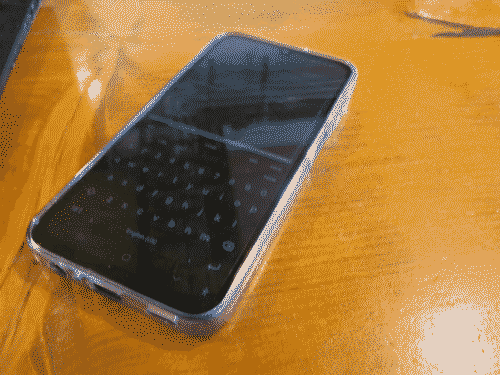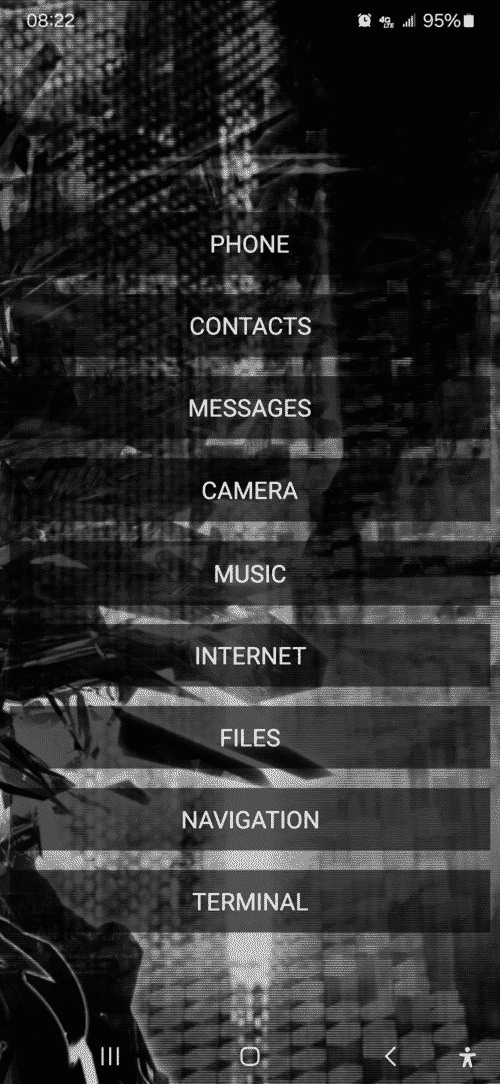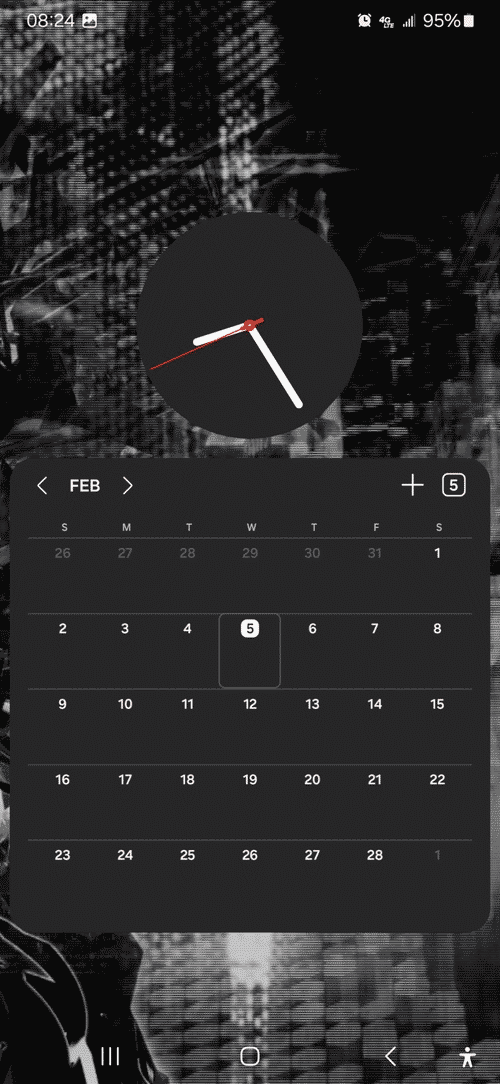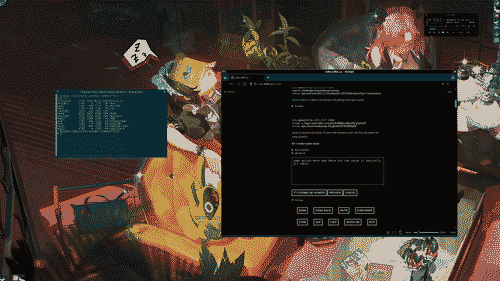computers

aerial
aerial is a first generation Lenovo Thinkpad X1 Carbon. Daily driver does everything I could reasonably expect, looks and feels good doing it. To make fast software you need slow computers.


stats
- CPU: Intel Core i7-3667U (2x2GHz, Hyperthreading)
- RAM: 8GB DDR3@1333MHz
- SSD: 256GB M.2
- OS: Void plan9port/Linux-musl
- ENV: (ryudo), acme9k, st, oksh, etc
mmx02
mmx02 is a Samsung A15 5G. As far as smartphones go, it's repairable, not too big, and powerful enough to function for day-to-day use. Replaced pet01 because I couldn't find affordable OEM parts for it.



stats
- CPU: 4x2.2GHz, 4x2.0GHz
- RAM: 4GB
- SSD: 128GB
- DIS: 6.5" FHD+
- BAT: 5000 mAh
- OS: Android 14
- ENV: Nova Launcher + minimalistictext, Vivaldi, Signal, Samsung KB, F-Droid, Termux+micro
obsidian
obsidian is a refurbished custom Dell Optiplex 9020 from Minifree. It serves as a NAS, build server, appserver, and core of my homelab.
stats
- CPU: Intel Core i5-4590 (4x3.3GHz)
- RAM: 32GB (4x8) DDRL3@1600MHz
- Storage: 960GB HPE SSD (plus external...)
- OS: Void plan9port/Linux-musl
proteus
proteus is a Dell Precision T3600: media client and gaming machine. It was prevously named yggdrasil. Instead of my usual void plan9port/linux-musl this machine runs "vanilla" void GNU/Linux since it's gotta deal with DRM and gaming with minimal friction.

stats
- CPU: Intel Xeon E5-1607 (4x3GHz)
- RAM: 16GB (2x8) EEC DDR3@1333MHz
- Storage:
- SSD: Samsung 850 EVO 250GB (OS)
- HDD: WD Green 500GB (/home/)
- SSD: Kingston Q500 120GB (/home/ cache)
- GPU: BIOSTAR AMD Radeon RX 560 (2100 GFLOPS, 4GB GDDR5 VRAM)
- OS: Void Linux
- ENV: windowmaker with game controller desktop config
